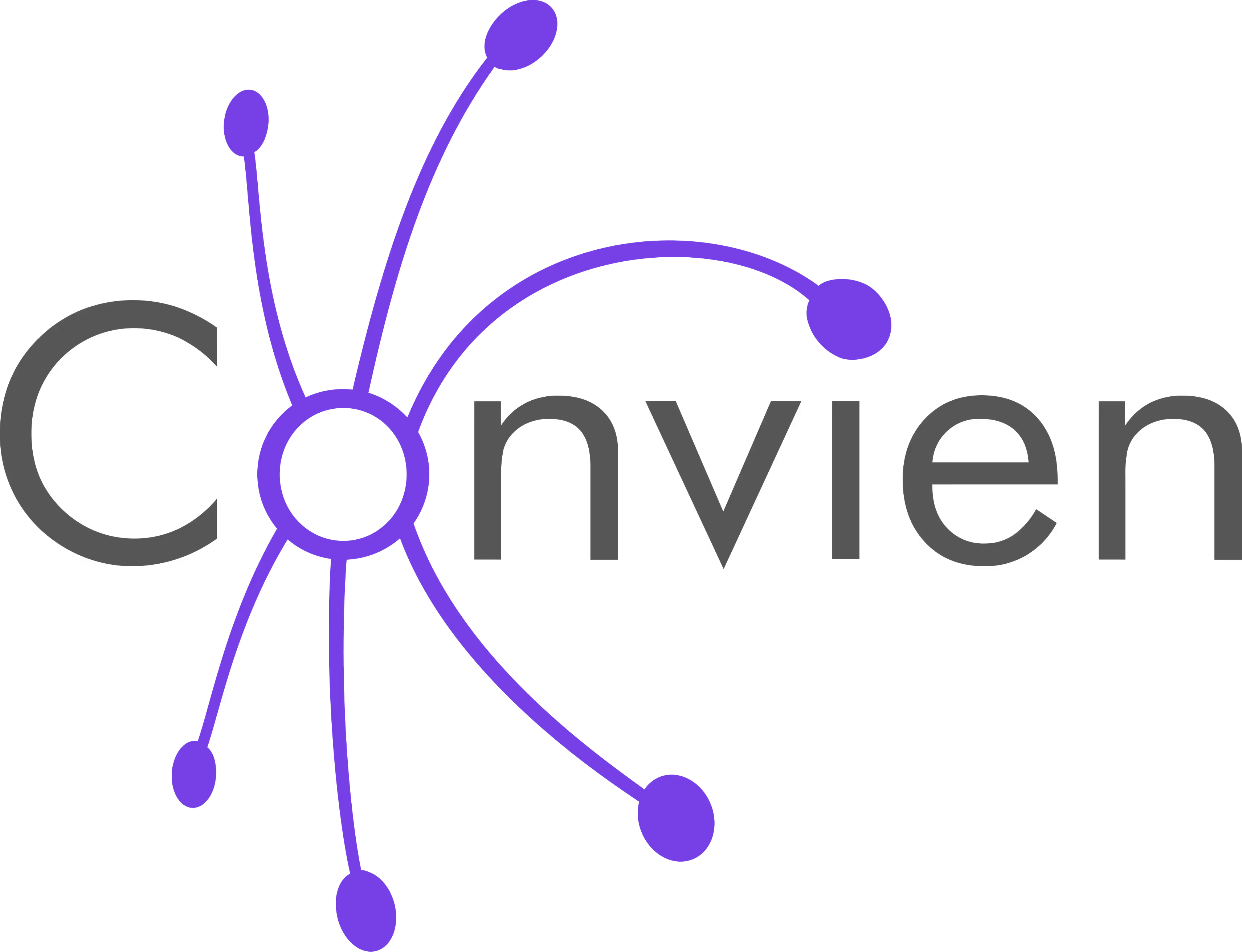Optimization is a buzzword in business. Companies optimize supply chains, IT infrastructure, and processes. But what about meetings—the activity that consumes a massive portion of time, money, and resources?
What meeting optimization really means
Many people think of meeting optimization as writing tighter agendas or shortening calls. But true optimization goes beyond scheduling. It’s about making sure meetings happen in the right place, at the right time, with the right participants.
The overlooked factor: meeting location
A poorly chosen location can double costs and emissions. A well-chosen one saves money, improves accessibility, and boosts participation. That’s why meeting optimization must include location optimization.
Data over guesswork
Instead of guessing which city is “most central,” Convien uses hard data. The software considers:
- CO₂ emissions from different travel options
- Travel costs and class policies
- Time spent in transit and the impact on productivity
This holistic approach means that companies don’t just optimize the meeting—it optimizes the business outcome.
Why this matters
- Finance teams save money.
- Sustainability managers cut emissions.
- Team leaders get more energized, less exhausted participants.
Conclusion
Meeting optimization is no longer optional. It’s a business necessity. Smart companies use data to decide not just how to meet—but where and when.






